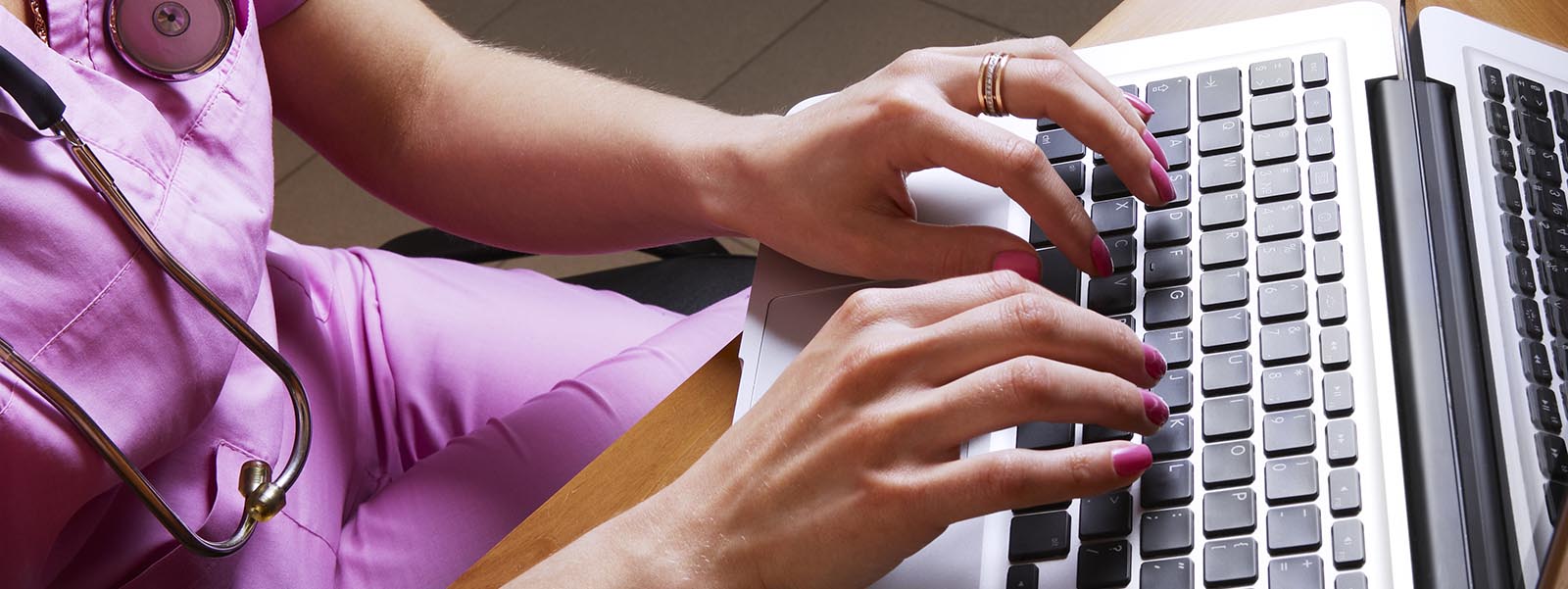Editor’s Note: This article is part of Oliver Wyman's ongoing series about the evolving novel coronavirus (COVID-19) pandemic.
Earlier this month, Sam Glick, Partner in Oliver Wyman's Health & Life Sciences practice, joined Glen Tullman, Livongo Health's Executive Chairman and Founder, to present their latest digital and virtual health views on a webinar called Beyond Telehealth: Fundamentally Reimagining Healthcare Delivery. Sam and Glen discussed what's now possible in a COVID-19 landscape regarding traditional telehealth and remote monitoring, how the pandemic especially represents a silver lining for patients with chronic conditions, and how data-enhanced care is empowering consumers and consumers' healthcare communities.
See below how during the webinar, an artist created a visual rendition of some of the most memorable moments from their discussion. To help leaders across the greater healthcare industry make better sense of the role telehealth plays in a new COVID world, below, we also present both some key takeaways and interpretive sketches.
Memorable Moments
- "Before the pandemic, the Centers for Medicare & Medicaid Services (CMS) [typically] saw about 11,000 video visits a week. For Medicare members in April, they saw 1.3 million video visits a week."
- "[Regarding telehealth's old process], you drive to your physician's office, you see her or him, and then you drive home. Now, we've made it simpler, but [patients are still] spending 10 or 15 minutes directly with a person. That's hard to scale. If we want to provide that same level of quality to everyone in the world, we will very quickly run out of physicians. That's not really the best use of technology. It's like if you took a horse and buggy [versus flying] in a jet."
- "Rather than doing an annual checkup, [imagine] you get a call in the future that says, 'Great news. You don't need an annual checkup because we're monitoring you and we can tell you're doing great. So, whatever you're doing, keep doing it. We'll save you the time of a checkup.' Someone else who actually needs care might take the slot you would have used. And there we can optimize the use of our physicians and optimize the person's time. We're starting to see the first step."
- "The largest reason people don't get care is transportation and access. So, people in rural areas don't have an endocrinologist. They don't have a cancer specialist. So how do we deliver that care wherever they are in the world? One answer is you get better transportation to cart them from their location to the hospital. But that really in many respects is untenable. And it's not very much fun for a lot of these folks. You've got to send virtually an ambulance to pick them up and take them to see someone for five minutes when it would be much better to give them a digital setup."
- "We're going to see the rapid consumerization of healthcare across the board. And people will either get [onboard] or will start to say, 'Here's what works for me' and vote with their feet."


